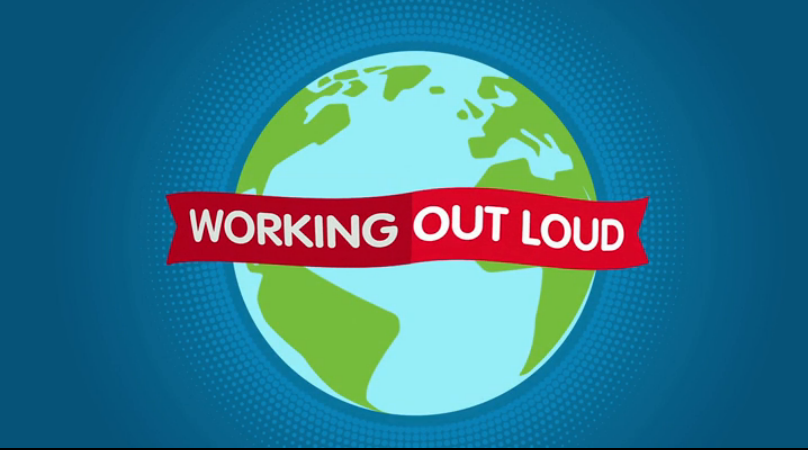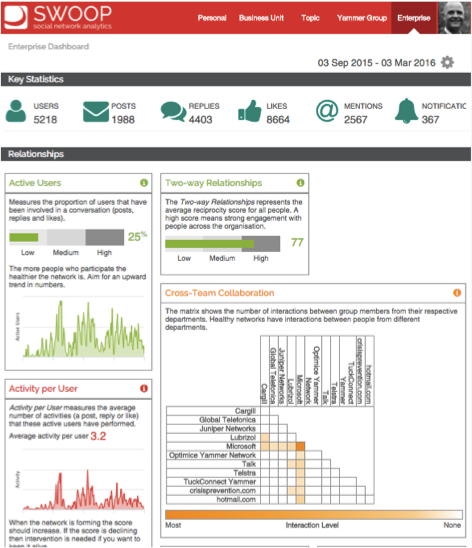 It was about six years ago that the concept of “Working out Loud” started picking up traction in the blogosphere. It was an easy way to describe the contagious, fun way to work in a more transparent, generous, and authentic way. Of course, you needed a platform to work out loud on, but the tribe who was following this new mode of corporate conversation, communication, and collaboration was already well aware of the power of enterprise social networks.
It was about six years ago that the concept of “Working out Loud” started picking up traction in the blogosphere. It was an easy way to describe the contagious, fun way to work in a more transparent, generous, and authentic way. Of course, you needed a platform to work out loud on, but the tribe who was following this new mode of corporate conversation, communication, and collaboration was already well aware of the power of enterprise social networks.
My friend, Bryce Williams of Eli Lilly, an inaugural member of The 2.0 Adoption Council and later a Change Agent as well, had attended a panel at the 2010 Enterprise 2.0 conference, and heard the term used loosely to describe this new phenomenon. Bryce, a regular blogger, then remixed the phrase to create an entirely new way to look at working collaboratively in a large enterprise social network. His original blog post describes his thinking.
Of course, the purpose of the Council in those days was to accelerate learning and sharing, so it wasn’t long before others started remixing and re-purposing what Bryce had started. The most notable WoL champion today is my hero John Stepper who left his investment bank day job to strike out on his own mission to spread the love of Working out Loud to the ends of the earth. John’s book, Working Out Loud: For a Better Career and Life has become the revered playbook for this fast-growing movement. (There’s a web site too.)
We’ve been saying in the Change Agents Worldwide network, that we can “feel the tide is turning.” Last week was international #WOLweek, and while scanning the post-election news, I serendipitously stumbled upon this incredible photo on Twitter:
Today is the last day of our Int. WOL Week at @VirtusaCorp. Make your work visible @johnstepper @MaduRatnayake @prageeths @apwickrama pic.twitter.com/8A8z8isVU0
— Anjale Jayawardena (@AnjaleOfficial) November 11, 2016
This 8 x 12 foot sign was literally affixed to an office building in Sri Lanka. Who would have imagined in those early days, circa 2009, that this could possibly result from a group of like-minded, random people who came together to improve the world with enterprise social networking technology? I could.
The big story behind the phenomenon of this worldwide movement is just starting to unfold. Of course, talk of a possible Slack IPO doesn’t hurt. But truthfully, Slack was late to this game (2013) and had been working somewhat independently of the community that fueled the organic adoption of social tools. The way had been paved by many that came before Slack took off. For instance, McAfee’s seminal piece in MIT SMR is already a decade old.
I’m just as excited as ever about the possibility of enterprise social tools to improve life on the planet. In fact, I kicked off my social impact startup, Big Mountain Data, using Yammer. Part II of this post is next that explains that.
Welcome to the future.


